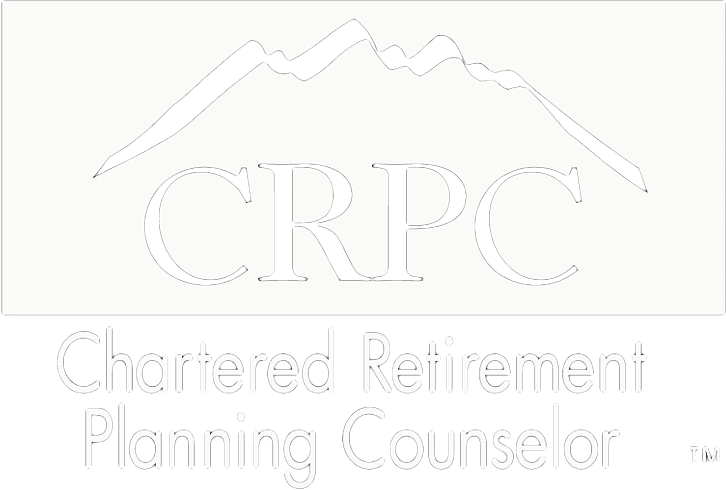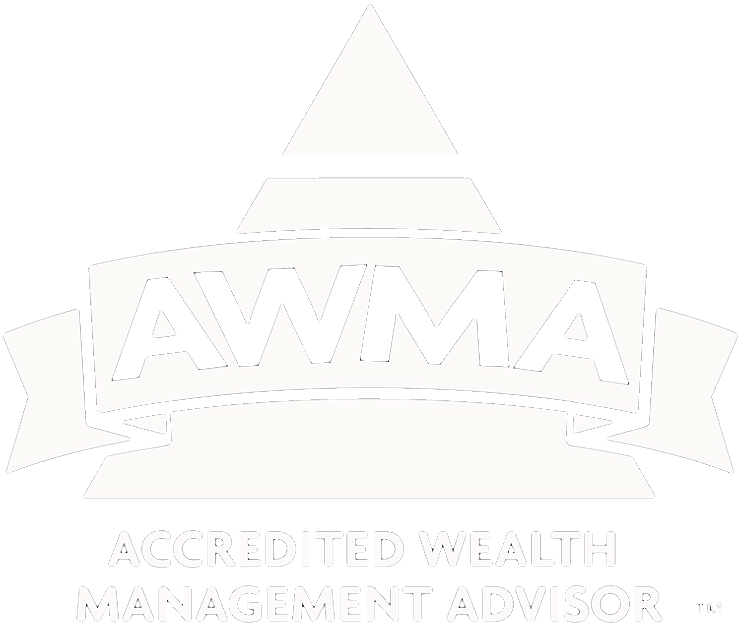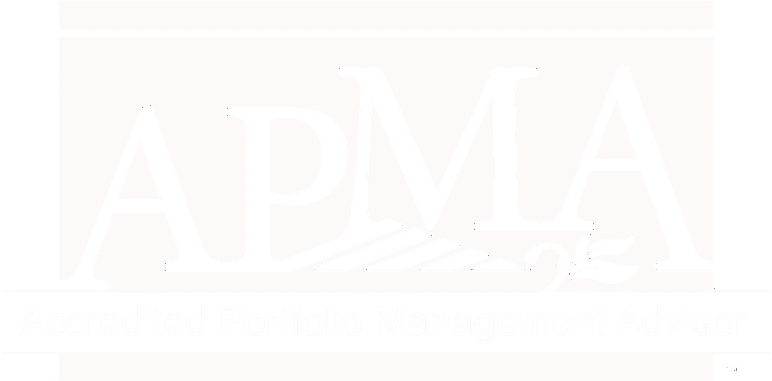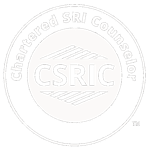
If you are in a situation where you spend less money than you bring in every month, you may be wondering what is the best thing to do with the excess cash.
With numerous account types and even more investment options, how do you find the most optimal way to invest and save? Two of the biggest considerations should be the tax advantages of the different account types you can invest in and the liquidity of the funds in the accounts. The following list is a general recommendation of investing priority. Everyone’s situation is different, and you may have more, less, or different options available to you, so be sure to take into consideration your own situation as you apply this guide.
1. EMERGENCY FUND
If you have not yet established an emergency fund, doing so should be your first priority. It is recommended to have 3-6 months of living expenses set aside and accessible in the event of an emergency. If you do have an emergency fund set aside, but it’s only 3 months (the bottom of the recommend range), now may be a good time to bolster your emergency fund to 6 months with the excess cash.
Now this doesn’t mean you need to keep the cash for your emergency fund in a checking account. There are many options for investing while still maintaining access to the cash. There are a multitude of high-yield online savings accounts. They won’t earn you as much interest or returns as your stocks will, but it will be much better than the checking or savings account rates being offered by your local large bank. For example, you might earn 0.1% interest on your savings account with a local bank, but a Marcus (by Goldman Sachs) online savings account will currently give you 1.3% interest per year. That’s a huge difference, and you maintain access to the funds should you need them. Another option is money market funds where you earn dividends and interest, but have fairly quick access to the funds and may even also have the ability to write checks.
At first you may not view establishing and maintaining your emergency fund as an investment, especially given the low returns on the types of accounts the money for the emergency fund needs to be in. However, consider the ramifications if you don’t have an emergency fund and you lose your job and it takes several months to find a new job. During that time, it’s unlikely unemployment will cover your full living expenses. Your only other source of income will be your investments. If you need to withdraw money from investment accounts you may find yourself paying various fees, penalties, and taxes. IRAs have 10% penalties, in addition to taxes on the original income and taxes on the gains. And then you may not be able to put the money you took out back in right away, as you’re typically limited to the annual contribution limits. That could severely hinder the growth of your retirement accounts.
Bottom line, set up and maintain that emergency fund.
2. MAXIMIZE YOUR 401(K) MATCH
Many employers will match your 401(k) contributions up to 3% of your income. Depending on the employer, this may require you to contribute a higher amount to get the 3%. For example, the employer may match exactly the first 2%, but then only match 0.5% for the next 2% you contribute. That means you would need to contribute 4% to get the full 3% match from your employer. It’s a good idea to check how your employer actually matches, and then take full advantage of it. If getting 3% from your employer requires contributing 4% of pre-tax money from your paycheck, do it. That 3% from your employer is like free money and over time will grow to become even more.
If you have a 403(b), 457, or any other employer-sponsored retirement plan, those would apply here as well.
3. ROTH IRA
If your income is below the eligibility limit, a Roth IRA is a great investment. Currently, you can contribute up to $6,000 ($7,000 for catch-up if age 50 or older) if you’re single with an annual modified adjusted gross income under $124,000, or $196,000 if married filing jointly. There are phase out limits for income levels above those. The major advantage with Roth IRA accounts is that all earnings in the account can be withdrawn tax free after age 59-1/2 and as long as the account has been open for at least 5 taxable years. Although the contribution isn’t tax-deductible like a traditional IRA, the benefit of tax free earnings can be tremendous, especially for younger investors. Since the contributions aren’t tax-deductible, they also can be withdrawn at any time without penalty since you already paid taxes on them. If you’re interested in a Roth IRA for current investments, it is possible to convert existing traditional IRA investments to a Roth IRA, though you’d have to pay taxes on the portion of the conversion that is contributions previously deducted in earlier tax years. Roth IRAs are particularly good for investors who are in a lower tax bracket now than they expect in the future. If you’re currently in a higher tax bracket, you may want to consider a traditional IRA if the tax deduction of the contribution would drop you to a lower tax bracket.
4. TRADITIONAL IRA
If a Roth IRA isn’t right for you, or you don’t want to contribute the maximum amount to a Roth IRA, then a Traditional IRA may be the next best investment. Note, the $6,000 annual contribution limit (or $7,000 catch-up) is shared between Roth IRA and Traditional IRA accounts. So you can invest $3,000 into each or any combination, as long as combined they don’t exceed the $6,000 (or $7,000 catch-up) limit. The advantage of the Traditional IRA is that the contribution is tax-deductible and the earnings are tax-deferred. That means it lowers your taxable income for the year, and you’ll only pay taxes on the contributions and earnings when you begin withdrawing the money after you turn 59-1/2. You can withdraw sooner, but there could be a 10% penalty in addition to taxes.
5. PAYOFF DEBT
You may not view this as a way of saving or as an investment. However, consider the interest you pay on the credit cards and loans you have. Especially for credit cards, the interest rate is most likely much higher than the returns you’re receiving from your investments. Paying off your debt will ultimately increase your overall returns and net worth. Not only that, but having less debt creates less stress and anxiety in individuals and families and improves your credit score.
6. CONTRIBUTE TO YOUR CHILD’S 529 PLAN
If you’re saving for your child’s college education, then a 529 plan is a great option. Each parent may contribute up to $15,000 per child’s 529 account, free of any gift tax liability. So if there are two parents and one child, a single annual contribution to the 529 account could be up to $30,000 without paying taxes by using the gift-splitting option. Earnings in the 529 account grow tax free and when they are used for qualifying education expenses they are tax free at withdrawal. 529 plans can go a long way in making it easier to afford paying for the quickly growing cost of college education.
7. PAY DOWN YOUR MORTGAGE
Imagine your life without a mortgage and how much easier things would seem. I am a proponent of paying off your mortgage as quickly as possible, and do recommend making additional principle payments whenever possible. Some will argue that they want to keep their mortgage because of the tax-deductible interest. First, with recent tax law changes, depending on the date and size of your mortgage, and depending on your particular tax situation, the interest may not be fully tax deductible. Second, the amount of money you save with that tax deduction may not be as much as you think. For example, let’s say you pay $20,000 in mortgage interest per year and are in the 22% tax bracket. That $20,000 deduction will only reduce your taxable income by $20,000, which at a 22% tax rate would be saving you $4,400 in taxes. However, you still spent $15,600 in interest that you didn’t save on your taxes. So the tax advantages are there, but may not be as great as you think.
For 30-year mortgages, you could spend up to double the price of the home over the course of that 30 years. For example, a $500,000 home would actually cost you approximately $833,000 over 30 years with a 3.75% interest rate. Not quite double since interest rates are so low right now, but they haven’t always been and won’t always be like that, and you’re current mortgage interest rate may not be that low. With a 15-year mortgage at a 3% interest rate (the lower the years the lower the interest rate, typically), you would pay $621,000 over the course of that 15 years. That’s savings of $212,000 over 15 years. Also, if you are paying mortgage insurance, paying down your mortgage could relieve you of needing to pay mortgage insurance sooner, which would equal even more savings over the long term.
8. FUND YOUR 401(K) TO THE MAX
If you’ve maxed out your employer’s 401(k) match, maxed out your Roth IRA and/or Traditional IRA contribution for the year, paid off debt, and paid down your mortgage, the next place to look at investing is additional contributions to your 401(k). This does depend on your particular employer’s plan, so you’ll want to check the performance, fees, and what options are available. The current maximum contribution for 2020 is $19,500 (or $26,000 if you’re age 50 or over). You can also check if your employer offers a traditional 401(k) and a Roth 401(k). The Roth 401(k) will allow your earnings to grow tax free, similar to a Roth IRA.
9. HEALTH SAVINGS ACCOUNT (HSA)
If you have a high-deductible health insurance plan you likely have access to an HSA. The big advantage to an HSA is that the contributions are tax free, and as long as the withdrawals are for qualified medical expenses they are also tax free. You don’t need to wait until 59-1/2. For 2020, the limit is $3,550 if you’re single or $7,100 for families. There is an additional $1,000 catch-up contribution allowed for those age 55 or older. Some HSAs allow the contributions in the HSA to be invested, so the earnings are also tax free when used for qualifying medical expenses. If your HSA grows and you never end up using the funds for medical expenses, once you reach age 65, the HSA account can be used like a traditional IRA so you can withdraw funds without penalty, but still pay taxes for non-medical expenses.
10. TAXABLE ACCOUNTS
Once you’ve contributed the maximum amount possible to all tax-advantaged accounts possible and that you want to invest in, and paid off debt that you need or want to, the next best place to invest your excess cash is a taxable account. You won’t receive any tax deductions or have any tax deferrals for investing in a taxable account, but whereas with tax-advantaged accounts you pay a penalty for withdrawals prior to a certain age, with taxable accounts you can withdraw funds at any time. You can also invest as much money as you want, with no maximum annual contribution limits. Keep in mind that with a taxable account, if you sell any assets at a profit, you are taxed on them at a capital gains rate in the year in which you sell them. Also, you’re taxed on dividends and interest for the year in which they are received in the account.
THE BOTTOM LINE
These are all basic guidelines that someone can follow to invest and take advantage of excess cash. Every person’s personal and financial situations are different, and there be other options to consider depending on what your goals are. If you’d like to discuss the options that are available and start saving and investing, feel free to...
This content is developed from sources believed to be providing accurate information. The information in this material is not intended as investment, tax, or legal advice. It may not be used for the purpose of avoiding any federal tax penalties. Please consult legal or tax professionals for specific information regarding your individual situation. The opinions expressed and material provided are for general information, and should not be considered a solicitation for the purchase or sale of any security. Digital assets and cryptocurrencies are highly volatile and could present an increased risk to an investors portfolio. The future of digital assets and cryptocurrencies is uncertain and highly speculative and should be considered only by investors willing and able to take on the risk and potentially endure substantial loss. Nothing in this content is to be considered advice to purchase or invest in digital assets or cryptocurrencies.
Enjoying Escient Financial’s Insights?
The weekly newsletter is usually delivered to your email inbox Friday or Saturday, and includes:
- the latest Escient Financial Insights articles
- a brief of the week's important news regarding the markets
- recommended third-party reads
- selected Picture of the Week
Escient Financial does NOT sell subscriber information. Your name, email address, and phone number will be kept private.

